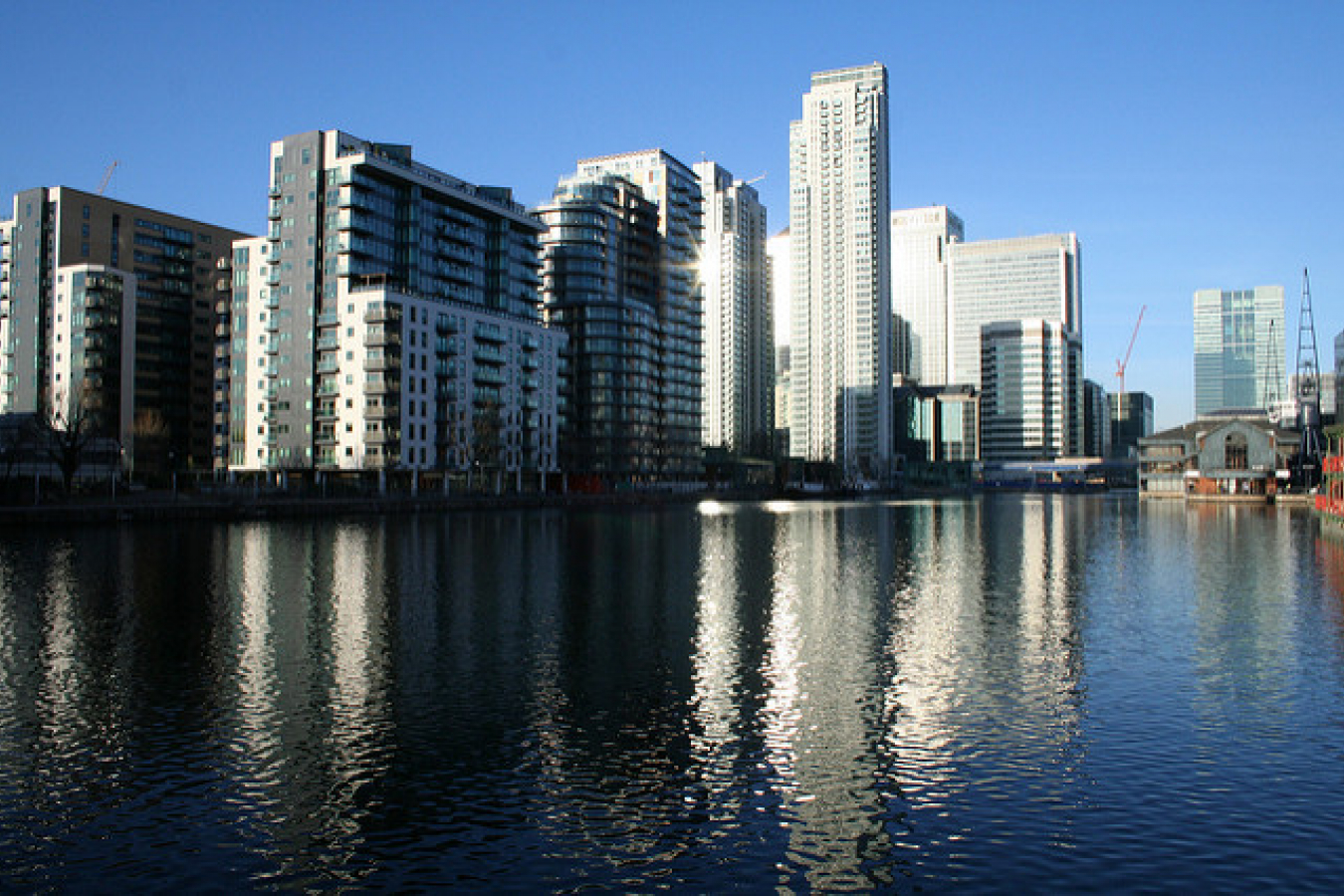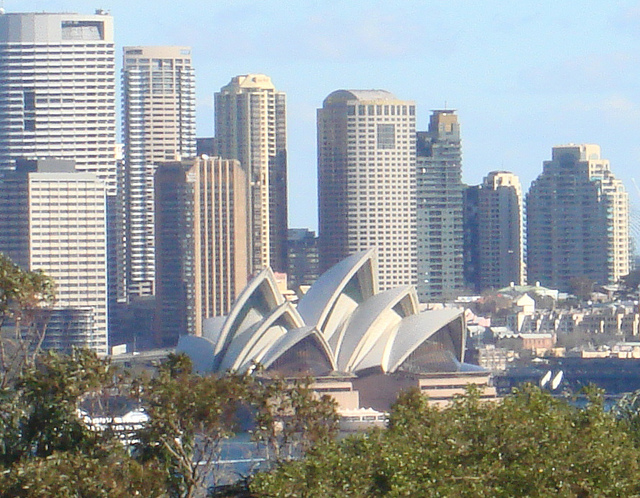The Australian Department of Immigration and Citizenship (DIAC) predicts that annual net overseas immigration will rise slowly to about 208,000 in the year ending in June 2016 from its current level of around 198,000 in the year ending in June 2012.
DIAC predicts that there will be 490,400 arrivals of foreign nationals who expect to be present for 12 of the 16 months in Australia prior to the year's end in June 2016 and 282,000 departures of Australians intending to be absent over the same period. The findings are to be found in DIAC's latest publication on the matter, The Outlook for Net Overseas Migration, June 2012
The report states that, of the arrivals in the country in the year to June 2016, around 90,200 will be permanent arrivals. These entrants will fall into three categories. Around 45,900 will be skilled workers. Around 36,400 will be family members of Australian permanent residents and citizens. DIAC predicts that there will also be 7,900 who settle permanently in Australia under the country's Humanitarian Program.
The report predicts that, of the 220,900 temporary arrivals, 89,200 will be students. The number of workers granted temporary residency under a 457 visa will rise from around 29,900 in 2011 to around 37,200 in the year to June 2016. There will also be 56,000 visitors with Working Holiday Visas and 38,500 tourists.
Analysis of historical net overseas migration shows that in 2009-10, 28.6% of net migration comprised UK citizens. 23.7% were from China or Taiwan and 21.2% came from India. Most students fame from China (30%), India (16.4%) and Malaysia (5.4%). The most working visa visitors came from South Korea, the UK and Ireland. Most 457 visas were granted to applicants from South Africa, India and the UK.
In 2009-2010 most skilled permanent migrants to Australia came from India. 6,800 permanent residency visas were granted to Indian citizens. UK citizens were granted 6,700 such visas. In every other year from 2003 to 2009, the only period for which figures were collected, there were more successful applicants from the UK than from any other country. DIAC predicts that, while British applicants will continue to make up a sizeable proportion of the total in future, there will be a growing proportion of successful applicants from India.
In order to qualify as a skilled migrant, applicants must be skilled at one of 192 occupations to be found on the Skilled Occupations List. This list can be found on the DIAC website. The following occupations are among those to be found on the list:
• Doctors (surgeons, dermatologists, etc.)
• Therapists (physiotherapist, occupational, etc.)
• Nurse (community health, disability and rehabilitation, etc.)
• Lawyer (barrister and solicitor)
• Accountant (management and taxation, etc.)
• Engineer (geotechnical, electronics, industrial, etc.)
• Tradesmen (electricians, plumbers, carpenters, etc.)
As of 1st July 2012, skilled workers who wish to apply for an Australian skilled migration visa may submit an Expression of Interest (EOI) for one of three new classes of visa
• Subclass 189 (skilled independent – permanent)
• Subclass 190 (skilled nominated – permanent) or
• Subclass 489 (skilled regional – provisional)
Applicants will need to pass a points test to be invited to apply for a visa. Among the factors for which points are awarded are age, fluency in English and educational qualifications. A full list can be found on the DIAC website
If you would like to apply for an Australian visa, workpermit.com can help. workpermit.com is a specialist visa consultancy with nearly twenty-five years of experience dealing with visa applications. We can help with a wide range of visa applications to your country of choice. Please feel free to contact us for further details.




